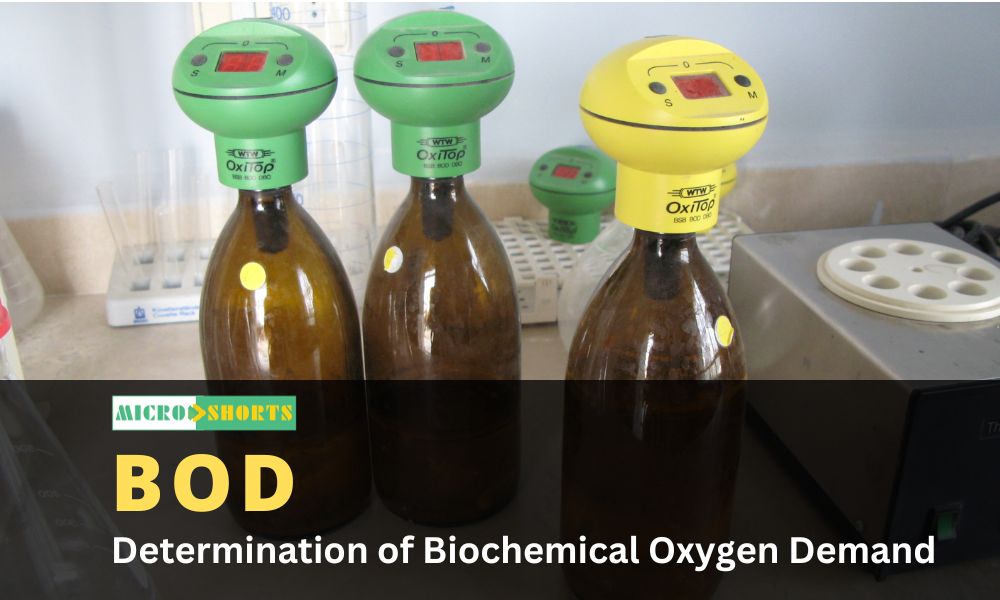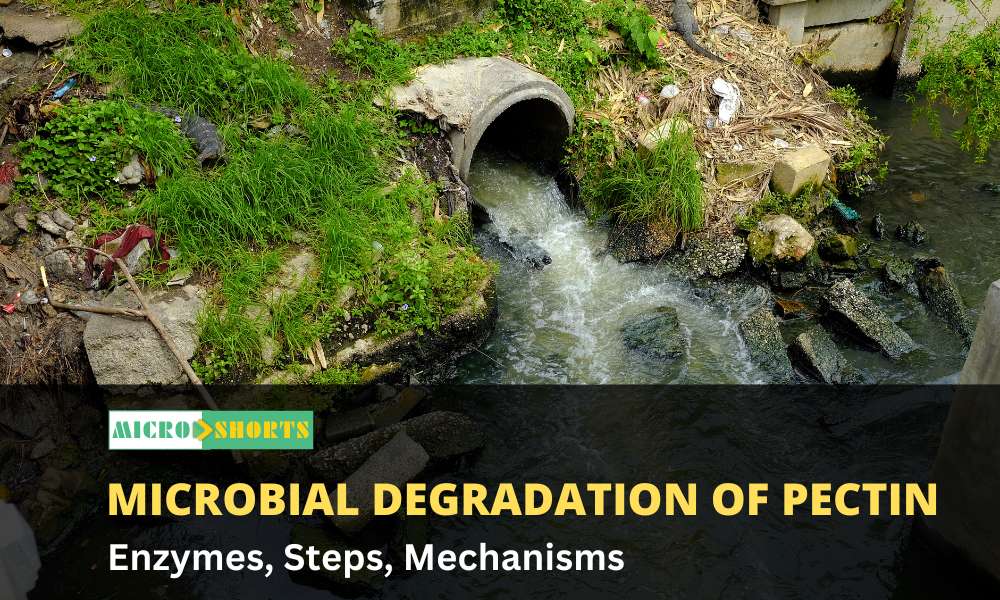Metallotolerant Definition and Characteristics
- Metallotolearnt microorganisms are the microorganisms that are capable of tolerating and detoxifying high levels of dissolved heavy metals.
- Microorganisms utilize metals as structural components of biomolecules, as cofactors in reversible oxidation/reduction reactions, and in electron transfer chains during energy conservation.
- However, metals can become toxic if their intracellular concentrations are too high.
- Most metallotolerant microorganisms tend to be acidophilic as the physiological activities of such microorganisms enable tolerance against high metal concentrations.
- As many metals are more soluble at acidic pH, acidophiles are typically exposed to high metal concentrations and can survive in 1000-fold higher amounts than neutrophilic microorganisms.
- Metallotolerant microbes belong to all bacterial groups studied, mostly among aerobic and facultative aerobic chemo-heterotrophic microorganisms.
- Polluted soils and waters with untreated industrial and urban wastes and samples of the natural environment with a high concentration of metals are important habitats of metallotolerant microorganisms.
- These organisms have different mechanisms that support their survival in very high metal concentrations.
Metallotolerant Mode of adaptation
Membranes
- The membranes of metallotolerant microorganisms are equipped with various channels that prevent the entry of metals ions into the cytoplasm.
- A process termed metal sorption is common in metallotolerant microorganisms where the metal ions are bound to the membrane but cannot enter the cell.
- Besides, different transport channels have regulators lie the ferric uptake regulator that regulates the entry of a large number of iron ions into the cell.
Mineralization
- The process of conversion of organic compounds into inorganic forms so that they can be excreted out of the cell is called mineralization.
- The process is common in many metallotolerant, where they have different enzymes that catalyze the mineralization process.
- Other metabolic processes that convert toxic forms of metals into less toxic forms via enzymatic oxidation and reduction are also studied in these organisms.
Metallotolerant Examples
- Some of the common examples of metallotolerant species include Bacillus subtilis, Bacillus megaterium, Acidithiobacillus ferrooxidans, Acidithiobacillus caldus, Corynebacterium diptheriae, Acidiphilium rubrum, Acidiphilium multivorum, etc.









Comments